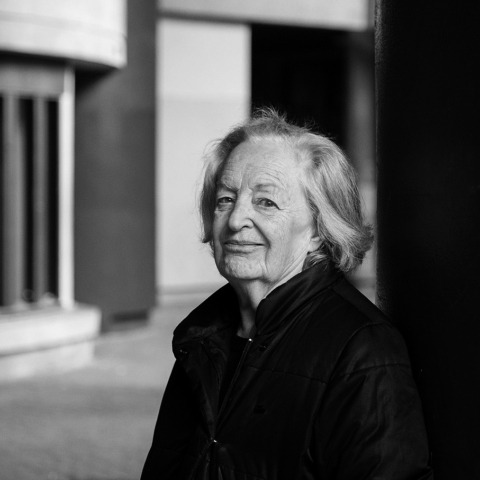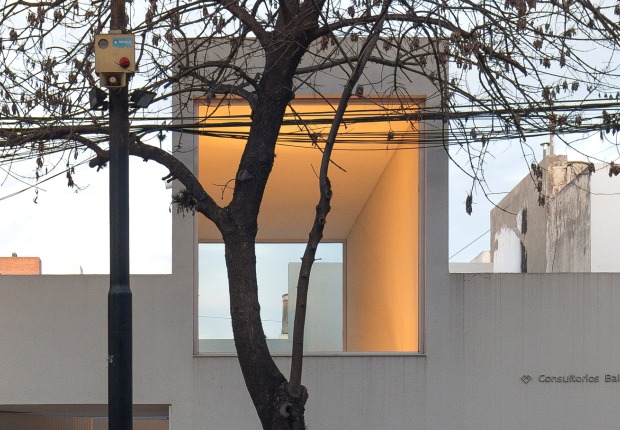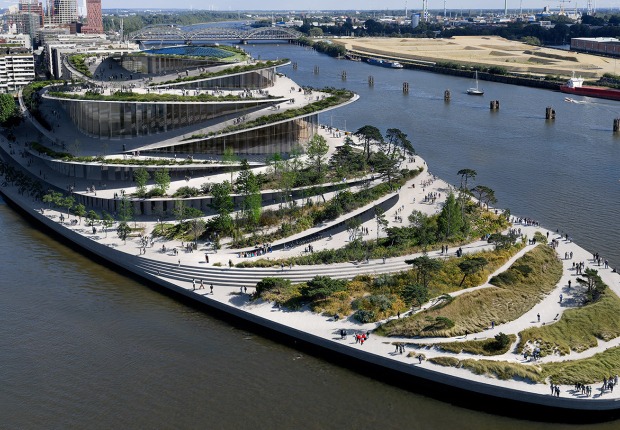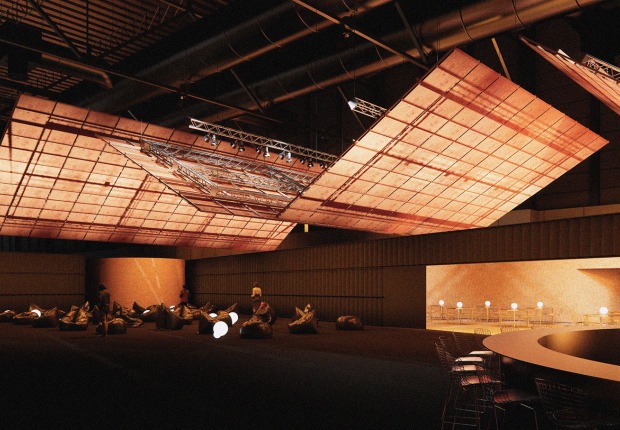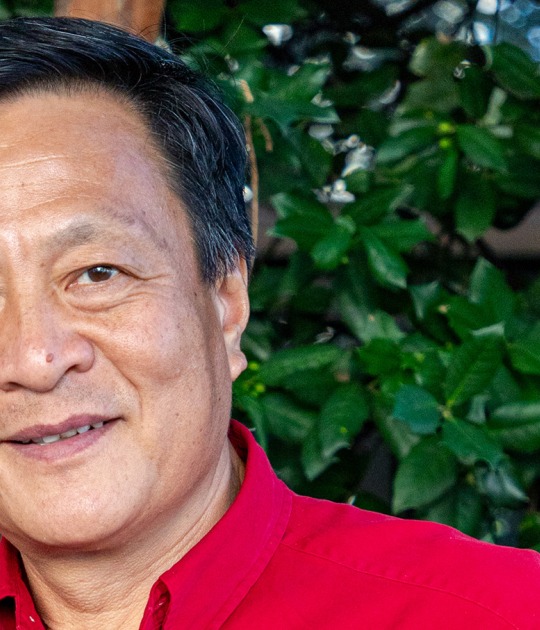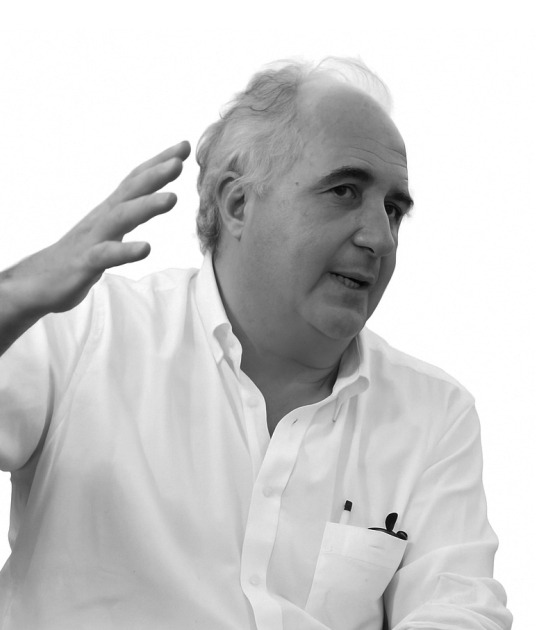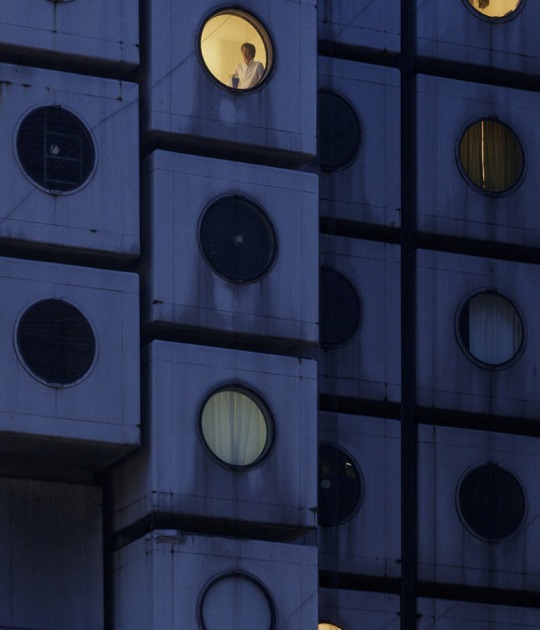Urban legends say that architects never live in the houses they design, an example that disproves the cliché was Renée Gailhoustet who lived and set up her studio in the Liégat apartments and before in the Raspail tower, built not far from the Ivry town hall -sur-Seine (Val-de-Marl).
A natural choice for the one who was in charge, at the end of the 1960s, of the master plan for the new city centre that the municipality governed by the communist party intended to create. A monumental achievement, a combination of concrete buildings with oblique walls and facades, green terraces, pedestrian walkways and collective facilities mixed with housing.
An architectural gesture that he developed with his partner Jean Renaudie, who signed the most emblematic buildings, and that some too often forgot who also worked with him there despite the fact that he always emphasized their joint realization, whose work was finally recognized with the Prize of Architecture from the Royal Academy last summer. It was in one of these brutalist houses, with sharp angles and a lush garden, where the architect died last Wednesday at the age of 93.
Committed to her communism, she focused on a little-recognized issue at the time: social housing. At the age of 24, she joined the studio of Marcel Lods, where she met Jean Renaudie. They will live together for fifteen years, have two daughters and work together on many projects. Common guidelines are found in their respective works: a staggered organization of the dwellings, particular attention to the duplex organization, a desire to eradicate the corridors to project the dwelling around a central room, a large space left to the green space in the form of deep terraces.
The couple separated in 1968, although their intellectual relationship continued developing the renovation of the Ivry city centre in the south of Paris, being named principal architect in 1969, having already built the Raspail Tower in the city in the early 1960s. 1960.
After Ivry, Renée Gailhoustet will design numerous homes in the Parisian suburbs, continuing her exploration of multi-level housing architecture, equipped with terraces but sometimes also patios, with unconventional shapes. "Living is a private matter, so it is normal for the variety of individuals to respond to multiple spatial proposals," she wrote in 1993 in Eloge du Logement.
In a 2018 video by the Ordre des architectes, when asked what her womanhood brought to her profession, she was sceptical:
"There has been a tendency to say that women don't make the same accommodation as men, but I think that is not true. A man can very well worry about how the family lives in a house, it is not a feminine privilege... If we really want to find a difference, perhaps it would be that we argue less in the play when it is a woman than when it is a man. And again, I'm not sure..."
Renée Gailhoustet
